The recent discovery of a medieval Papal Palace near the Archbasilica of St. John Lateran in Rome during preparations for the 2025 Catholic Jubilee
The ruins belonging to what looks to be a 13th-century fortress where popes resided before moving to the Vatican were uncovered in Rome ahead of repairs for the 2025 Catholic Holy Year, or Jubilee, the Italian Culture Ministry announced on Wednesday.
According to the Italian Ministry of Culture, the edifice was expanded and repaired on numerous occasions throughout the Middle Ages before becoming the papacy’s formal home.
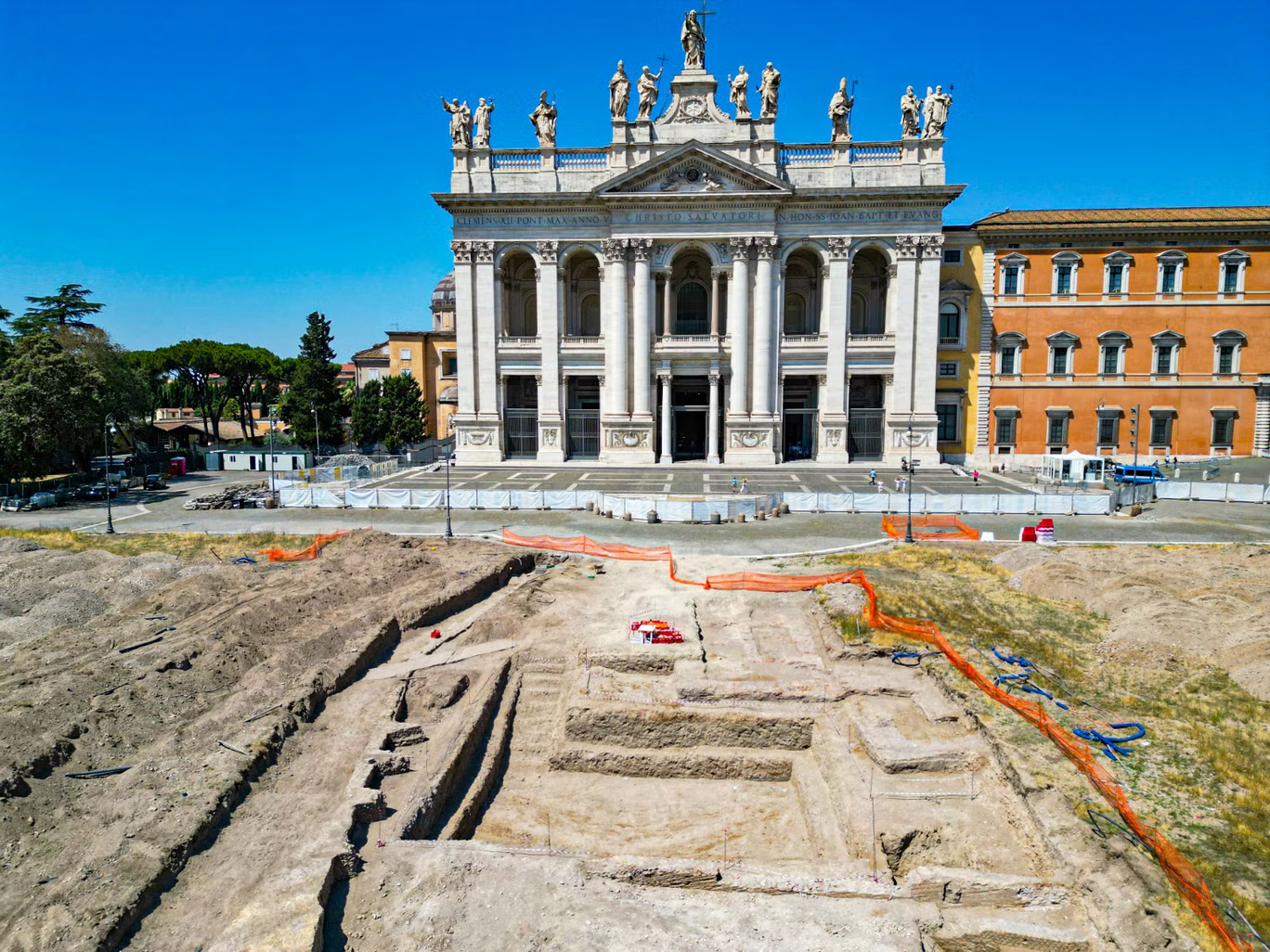
Over 35 million people will be heading to Rome in order to cross the barrier of these Holy Doors and participate in a variety of religious and historical endeavours held across the entirety of the city. Notwithstanding mounting enthusiasm for this watershed moment in the Church’s schedule, the Jubilee is still somewhat of a mystery.
“The development of this building previously mentioned occurred throughout an extended period where Rome was the focus of the incursions of the Saracens, and within it, there were constant challenges, occasionally violent, between the aristocratic families,” according to the Italian government.
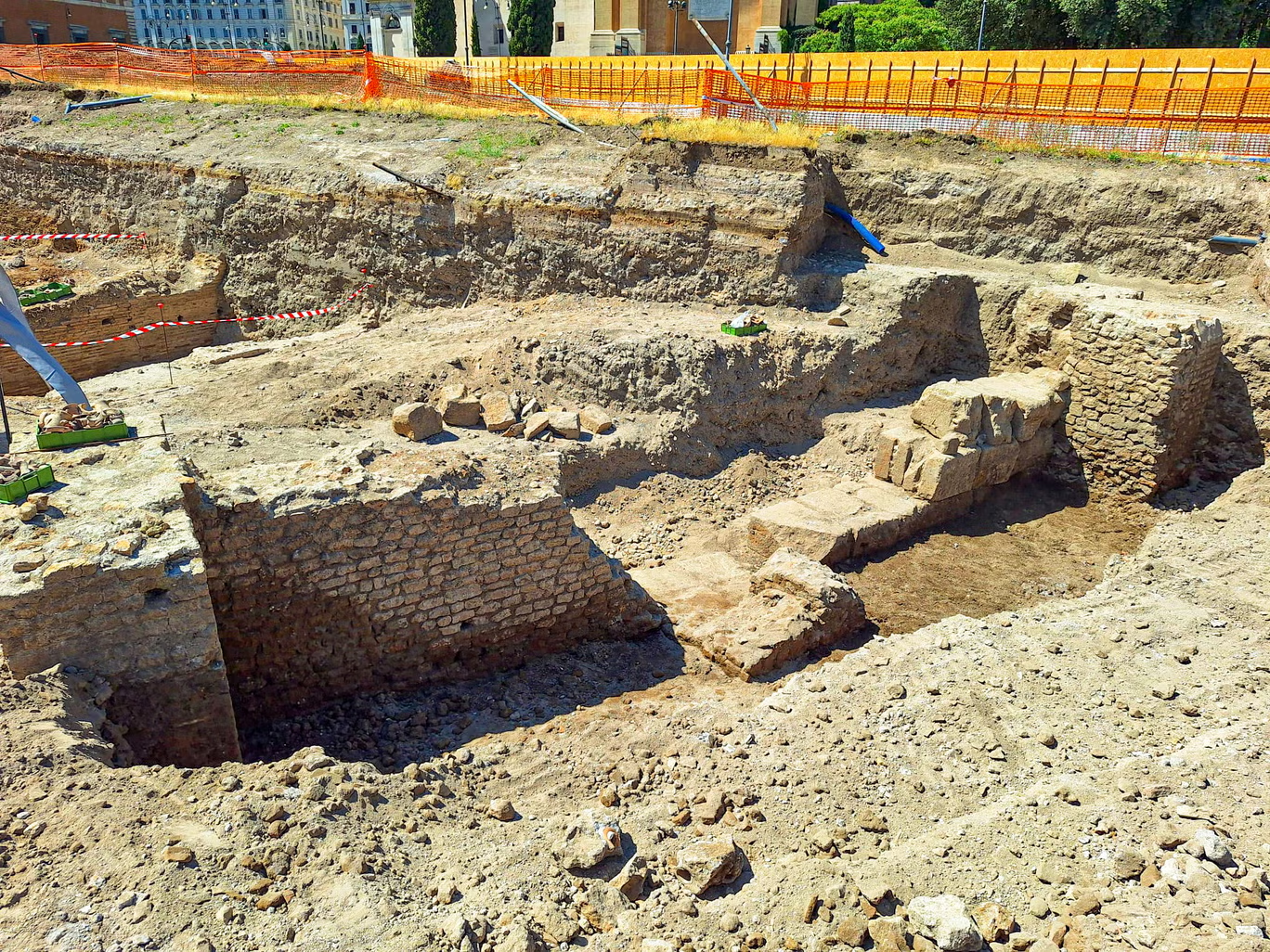
The exploration, reported in the latest research published by the Italian Ministry of Culture, throws fresh perspectives on Rome’s historical strata and the rise of the pope. Renovations in Rome’s Piazza San Giovanni revealed a significant historical site that has the potential to revolutionise our understanding of early papal history. The dig discovered remnants of walls dating from the 9th to 13th centuries, which archaeologists believe were part of a papal residence before the Vatican was founded.
The site is associated with the Patriarchate, which was formerly the home of ecclesiastical officials in Rome. Over time, it became the seat of papal authority. Archaeologists believe the edifice was the residence of the pope throughout the early Middle Ages, possibly until 1305, when it briefly relocated to Avignon, France.
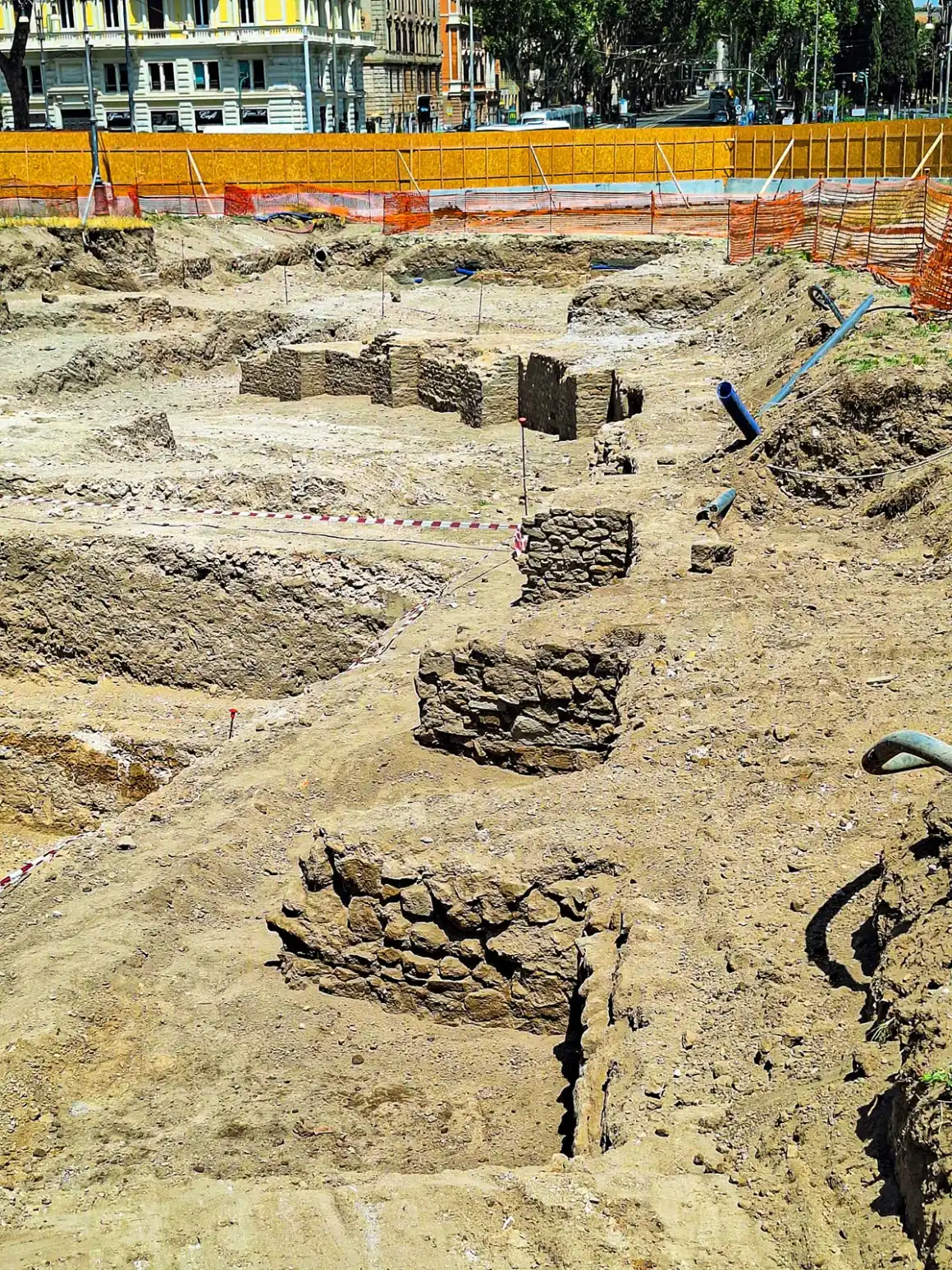
What is the Jubilee Year?
A Jubilee Year is a Holy Year in the Catholic Church, originating from the Jewish tradition of the Jobel, or ram’s horn, which was blown to announce sacred celebrations, particularly Yom Kippur. The Book of Leviticus stated that it would be marked every 50 years for renewal, debt forgiveness, and land return, but the interval has shifted over time. The Jubilee Year is a period of spiritual renewal where pilgrims visit major basilicas in Rome, Jerusalem, Bethlehem, or Nazareth for liturgical rites and receive a plenary indulgence.
The principal subject for Jubilee 2025 is hope, and the Holy Year’s motto is “Pilgrims of Hope”. In a letter announcing the impending Jubilee in February 2022, Pope Francis wrote: “We must rekindle the light of hope that has been bestowed on us and help everyone gain new confidence and courage by looking to the future with a welcoming spirit, an optimistic heart, and a far-sighted perspective.” The next Jubilee can play a big role in restoring a climate of hope and trust, paving the way for the repair and regeneration that we so sorely require.”
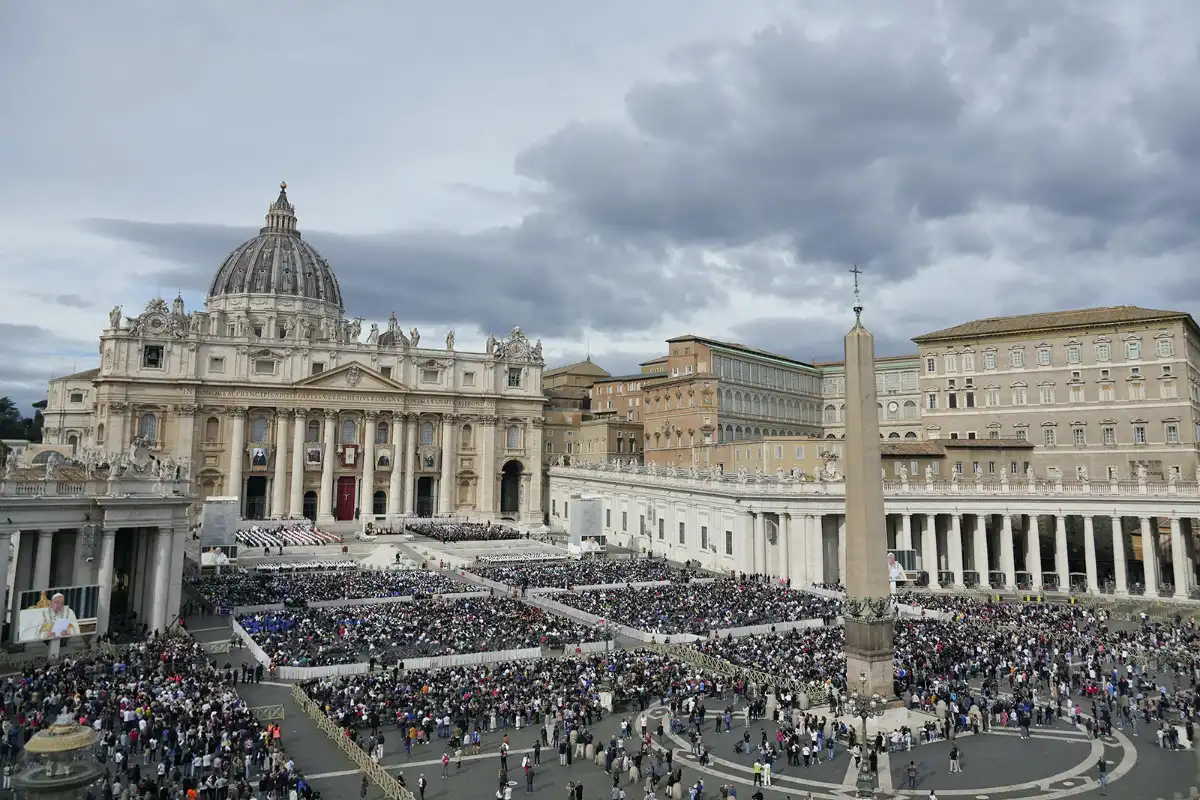
History of the Jubilee
The first Jubilee of the Catholic Church occurred in 1300, when Pope Boniface VIII designated it a worldwide celebration. To receive full forgiveness, the faithful had to pass through the Holy Doors of St Peter’s Basilica or St Paul’s Outside the Walls 30 times within the year. The Jubilee was supposed to be a centennial celebration, but due to low medieval life expectations, the period was reduced to every 50 years in 1343 and every 25 years in 1470.
In 2016, Pope Francis called off the Extraordinary Jubilee of Mercy 2016, addressing a world marred by violence, hardship, and conflict. A Jubilee Year is a time of spiritual renewal and forgiveness that emphasises pilgrimage, prayer, liturgy, faith, and indulgences. Historically, pilgrimages were used to show devotion and seek atonement, but the sacrifices and difficulties they faced converted them into spiritual journeys.
The Jubilee Year is no exception, as it is a time for Christians to reconcile with God and others, reflect on their spiritual life, and receive a plenary indulgence, which eliminates temporal punishment due to sin. This signifies hope through God’s mercy, as emphasised in Pope Francis’ Bull of Indiction Spes non confundit. To receive a plenary indulgence, pilgrims must pass through one of Rome’s four Holy Doors.
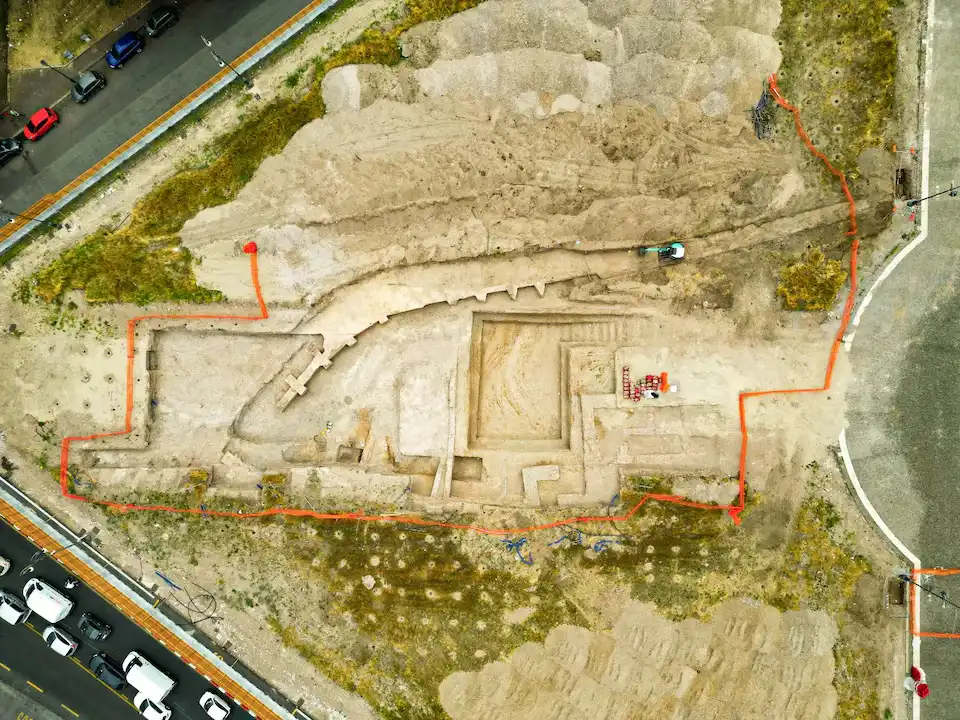
Although this uncovering was partly inadvertent, it is extremely valuable to archaeologists and historians. As the area of excavation stays untouched, more research will be conducted to better comprehend the breadth and importance of the buildings uncovered. The Italian Ministry of Culture has pledged to keep the site in its existing position.
Archaeologist Alessio De Cristofaro claims that each stone at this site tells a story. “Many thanks for such significant innovations,” says Sangiuliano, the minister, “archaeologists will eventually be able to find out more regarding our heritage and unveil buried pieces of the past.”

















Leave a comment